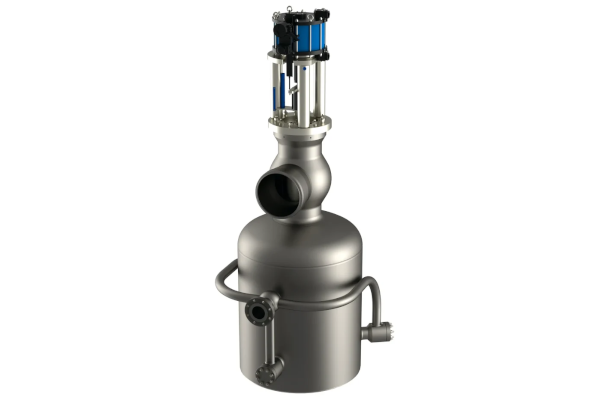The valve design for dispatchable gas-fired combined cycle power plants (CCPPs) must be adapted to the increased cyclic load due to the integration of intermittent renewable sources, says an industry expert.
With a growing global focus to decarbonize in line with COP27 emissions reduction goals, CCPPs are set to play a key role in the transition to clean power generation through their greater ability to cope with the demand for more frequent cycling. Yet with the accompanying grid instability meaning these plants are at risk of being used beyond their original design remit, existing steam turbine machinery components must be re-evaluated, says Jackie Hu, Divisional Managing Director at IMI Critical Engineering.
IMI Critical Engineering has developed the VLB3 angle-style steam conditioning valve series to safeguard operations in high-cycling power plants. Its uniform body thickness ensures its material expands and contracts at the same rate to reduce fatigue damage, and the more compact size and weight make it easier to install and lessen the weight load on pipework.
The valve body has smooth transitions, which are known to minimize thermal stress. Steam conditioning at the outlet now takes place with improved thermal separation of the steam and water flow paths, reducing thermal stress in the critical area of injection.
The VLB3 series also features IMI Critical Engineering’s latest patented TwiNozzle® injection technology, helping to ensure proper coverage across the overall pipe section downstream, alongside efficient droplet evaporation through primary and secondary atomization. In turn, this leads to improved steam conditioning performance with an increased lifetime. Alongside this, the VLB3 series features an improved pilot plug springless design to reduce the required opening force, which facilitates the installation of electric drives, while still providing reliable valve shut-off.
Courtesy of IMI Critical Engineering.


